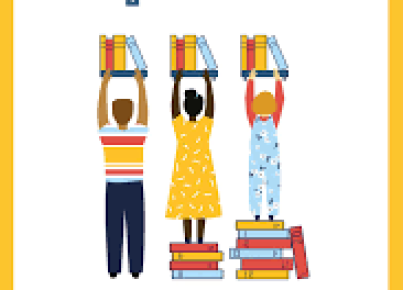Introduction:
The Eagle Huntress is an inspiring story of a young girl named Aisholpan, who defies all odds to pursue her dreams and becomes the first female eagle huntress in her nomadic Kazakh family. The film showcases Aisholpan’s journey to develop self-esteem and promote gender equity in a male-dominated tradition. This article will guide you on how to use The Eagle Huntress as a powerful tool to teach these values to young people.
1. Discuss the cultural background of eagle hunting:
Begin by discussing the ancient tradition of eagle hunting among the nomadic tribes of Central Asia, specifically among the Kazakhs in Mongolia. This tradition dates back thousands of years and has been passed down through generations. Explain that this skill is used primarily for hunting animals for sustenance and is respected as an essential part of their culture.
2. Introduce Aisholpan’s story:
Introduce the protagonist, Aisholpan, a 13-year-old girl who dreams of becoming an eagle huntress like her father and grandfather, despite society’s expectations that only men should participate in this activity. Share how she displayed passion, dedication, and resilience throughout her journey and broke traditional gender roles.
3. Analyze key challenges faced by Aisholpan:
Discuss the different obstacles that Aisholpan had to overcome, such as harsh environmental conditions and skepticism from elders within her community. Emphasize that not everyone initially accepted her pursuit due to gender stereotypes; yet, with courage and support from her family, she eventually proved herself as a capable eagle huntress.
4. Discuss the importance of self-esteem:
Explain that self-esteem is vital for growth and success in any endeavor. Relate Aisholpan’s story to situations where young people may face discouragement or doubt based on their gender or traditional expectations. Encourage them to build self-esteem by setting goals, standing up for their beliefs, and embracing their unique qualities.
5. Invoke a discussion about gender equity:
Use Aisholpan’s story as an example to initiate discussions about gender equity in different contexts. Engage young people in conversations about the importance of providing equal opportunities to everyone, regardless of their gender. Discuss ways to challenge norms and break stereotypes that limit opportunities for girls and boys alike.
6. Encourage young people to pursue their passions:
Inspire young people to follow their dreams and aspirations, no matter the obstacles that may stand in their way. Instill a sense of belief in their abilities and encourage them to embrace challenges, learn from setbacks, and persistently work towards their goals.
Conclusion:
The Eagle Huntress serves as a valuable resource for teaching young people about self-esteem and gender equity through an inspiring tale of a girl overcoming cultural expectations and adversity. By discussing these themes openly, we can empower young individuals with the confidence to challenge traditional norms and pursue their dreams while promoting an equitable society for all.





